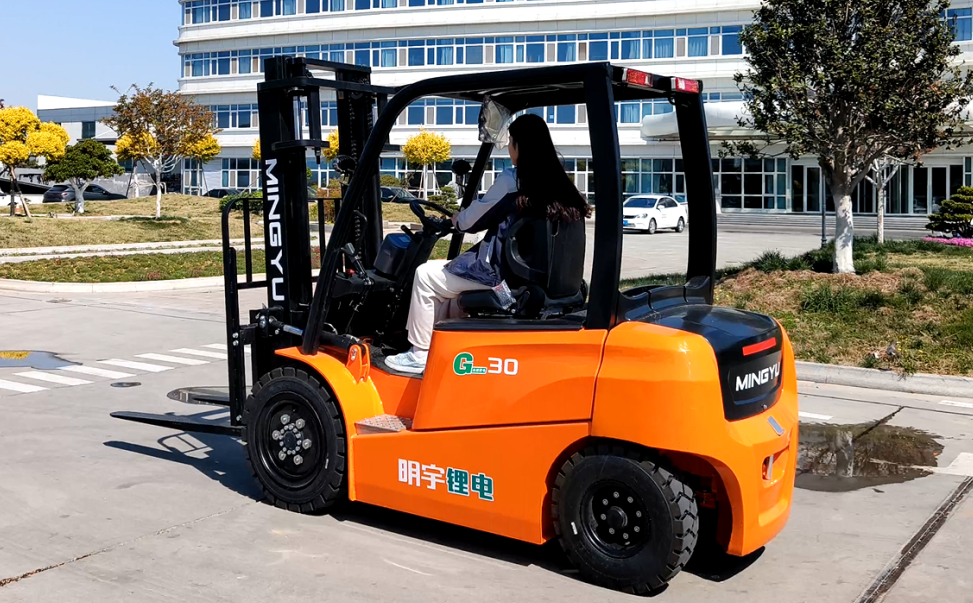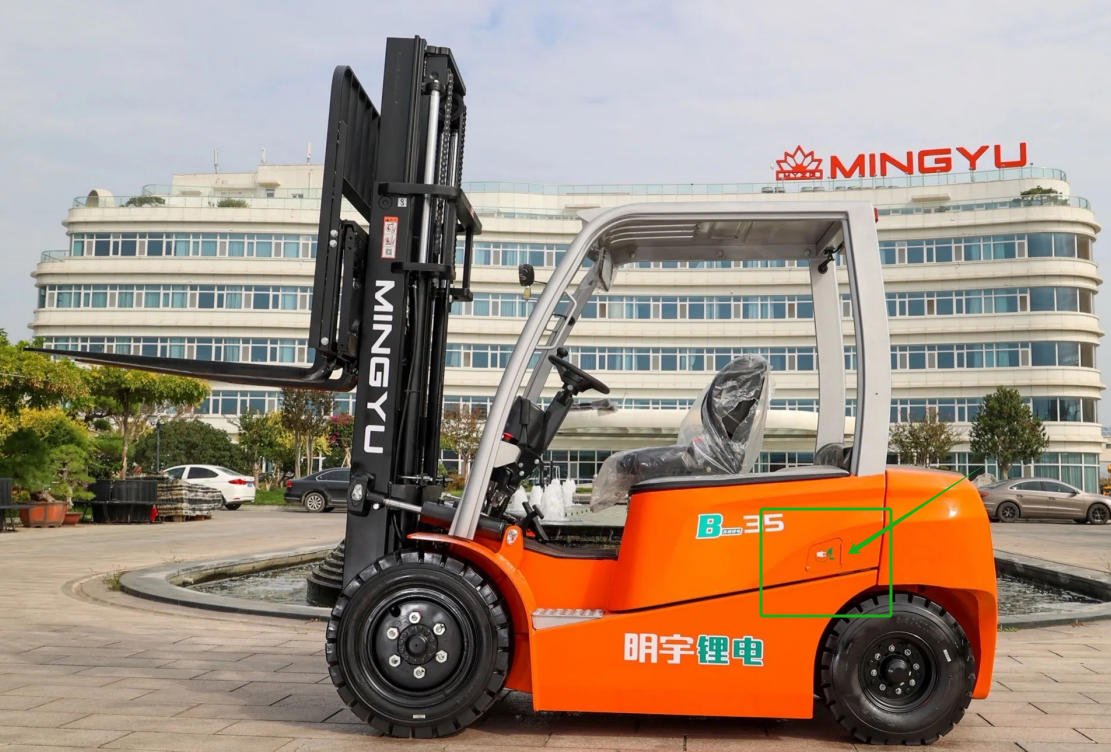Electric forklifts, once primarily used for heavy-duty industrial tasks, are increasingly finding applications in diverse industries. One such application is the handling of delicate materials like carpet and tile. While these materials may seem incompatible with the robust nature of forklifts, with the right attachments and careful operation, electric forklifts can efficiently and safely transport these items.

Understanding the Challenges of Handling Delicate Loads
Handling delicate materials like carpet and tile presents unique challenges. These materials are often large, bulky, and susceptible to damage. Traditional methods of manual handling can be labor-intensive, time-consuming, and prone to accidents. Forklifts, on the other hand, offer a mechanized solution that can significantly improve efficiency and safety.
Essential Attachments for Handling Delicate Loads
To handle delicate materials like carpet and tile, electric forklifts must be equipped with specialized attachments. These attachments are designed to securely grip and transport the materials without causing damage. Some of the most common attachments include:
- Carpet Poles: These are specifically designed to lift and transport rolled carpets. They attach to the forklift's forks and provide a secure grip on the carpet roll, preventing it from slipping or unraveling.
- Vacuum Lifters: Vacuum lifters use suction to lift and transport a wide range of materials, including glass, stone, and large sheets of carpet or tile. They are particularly useful for handling fragile or awkward-shaped materials.
- Custom Pallets and Crates: Creating custom pallets and crates can provide a secure and stable platform for transporting delicate materials. These can be designed to accommodate specific sizes and shapes of carpet and tile.
Best Practices for Handling Delicate Loads with Forklifts
To ensure the safe and efficient handling of delicate materials with forklifts, it's essential to follow best practices:
- Operator Training: Operators should be properly trained to handle delicate loads with forklifts. This includes understanding the specific attachments, operating techniques, and safety procedures.
- Inspection of Attachments: Before each use, inspect the attachments for any damage or wear and tear. Ensure that they are securely attached to the forklift.
- Secure Load Placement: The load should be securely placed on the attachment to prevent it from shifting or falling. Use straps, chains, or other securing devices as needed.
- Slow and Steady Operation: Avoid sudden movements and jerky operations, as these can damage the materials.
- Clear Work Area: Ensure the work area is clear of obstacles to prevent accidents.
- Weight Capacity: Always consider the weight capacity of the forklift and the attachment to avoid overloading.
- Regular Maintenance: Regular maintenance of the forklift and attachments is essential to ensure optimal performance and safety.
The Benefits of Using Forklifts for Delicate Loads
- Increased Efficiency: Forklifts can significantly reduce the time and labor required to transport heavy and bulky materials.
- Reduced Risk of Injury: By minimizing manual handling, forklifts can reduce the risk of musculoskeletal injuries.
- Improved Productivity: Efficient material handling can improve overall productivity.
- Versatility: With the right attachments, forklifts can handle a wide range of materials, including delicate items.
While electric forklifts are primarily associated with heavy-duty industrial tasks, their versatility and efficiency make them suitable for handling delicate materials like carpet and tile. By using the right attachments and following best practices, businesses can safely and efficiently transport these materials, improving productivity and reducing the risk of damage and injury. As technology continues to advance, we can expect even more innovative solutions for handling delicate loads with forklifts.
Post time:Nov.19.2024

